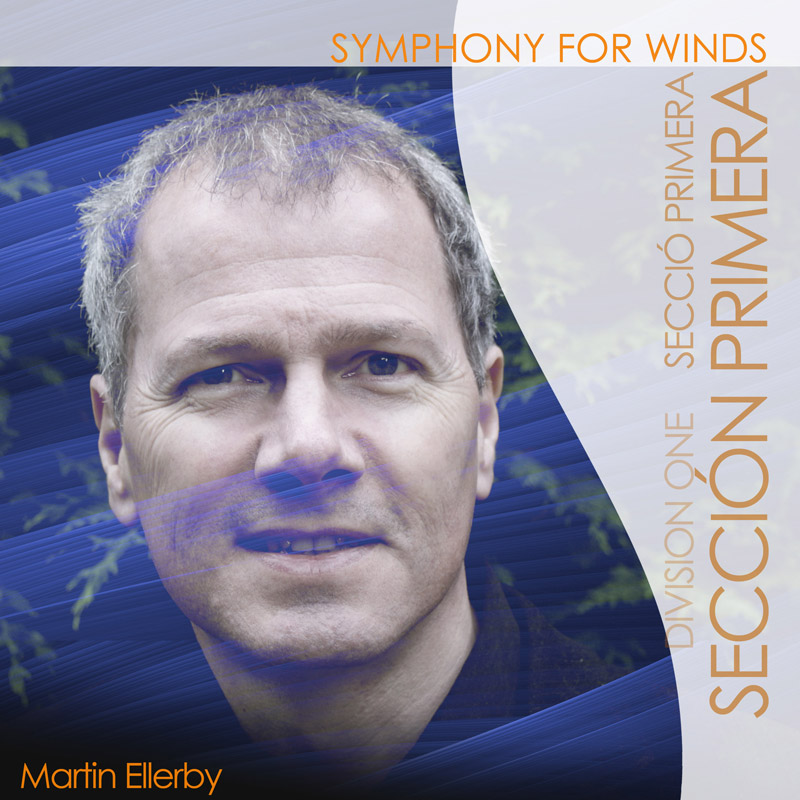The bands participating in the First Division of the 2023 “City of Valencia” International Music Band Contest will have to interpret the score “SYMPHONY FOR WINDS” by Martin Ellerby as a compulsory work.
BIOGRAPHY MARTIN ELLERBY
Martin Ellerby was born in Worksop, England in 1957. After graduating from the London College of Music he studied composition with Joseph Horovitz and counterpoint with W. S. Lloyd Webber at the Royal College of Music, and with Wilfred Josephs.
He has written several sinfonias and concertante works, music for strings, several instrumental sonatas and suites, songs and choral music including a Mass for choir and orchestra. He has also written pieces for brass band and for concert band.
Amongst his awards and citations are the W. S. Lloyd Webber Director’s Prize, the Westminster Prize, the Arts Council of Great Britain Dio Fund Award, an Allcard Award, the George Butterworth and Norman Sykes Memorial Fund Awards, the Freedom of the City of London, the Royal Military School of Music 2008 Dr. Martin Ellerby Class, the 2012 BUMA International Brass Award (Holland), and, in his 60th birthday year (2017), the John Henry Iles Medal of the Worshipful Company of Musicians.
He holds a Doctor of Musical Arts Degree (DMA) from the University of Salford, an Honorary Doctor of Letters Degree (Hon DLitt) from the University of West London and five fellowships. He is the Artistic Director for Studio Music Company (London), External Examiner to the Royal Air Force Music Services (RAF Northolt) and Honorary Principal of the Victoria College of Music Examinations Board.
COMPULSORY PIECE: «SYMPHONY FOR WINDS»
Symphony for Winds is cast in three movements exploiting the wide range of colours and dynamics available within the contemporary wind ensemble.
- Tribute: Two highly contrasting moods, one rhythmic and aggressive, the other calm and relaxed; yet both in the same tempo, compete with each other to dominate the opening movement. The first subject is always in search of a theme, realised at the conclusion, whereas the second always has one, but extends and develops i ton each reappearance.
- Chorale: A series of chorales in a simple, direct idiom provides an aura of calm between the outer, more aggressive movements. Instrumental colour, soft dynamics and much use of tuned percussion and celesta are paramount.
- Display: The finale is a highly charged, dynamic scherzo contrasting tuttis with more subtle combinations of solo instruments. Based on the principles of scales and arpeggios, though adapted, melody is always endeavouring to be part of the chase. This is tather like a miniature “concerto for orchestra”.

